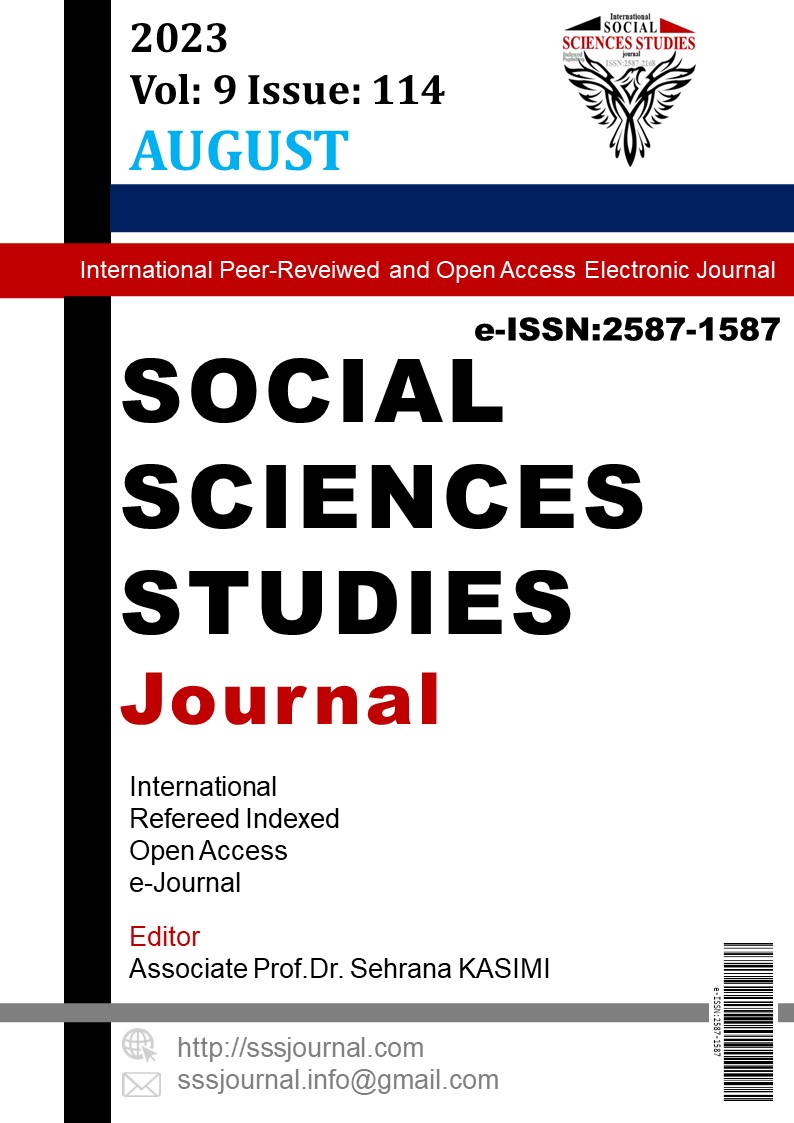Author :
Abstract
Youtube aylık bir milyar kişi aktif kullanıcı sayısıyla en büyük video paylaşım sitesidir. Youtube videoları pek çok konuyla ilgili kullanılmaktadır ki sağlık bilgisi bunların en popüler olanlarından biridir. Bu çalışmadaki amacımız mitral valv prolapsusu gibi sağlık problemlerini araştırırken kullanabilecek olan YouTube sitesindeki içeriklerin hasta veya sağlık personeli bilgilendirilmesine ne düzeyde ve şekilde katkı sağlayabileceği ile ilgili olarak mitral valv prolapsusu videolarının incelenmesi ve analiz edilmesidir.
Bilgisayardaki tüm çerezler temizlenerek YouTube'un arama çubuğuna 26/04/2020 tarihinde "mitral valve prolapse" terimi girildi. Filtre seçeneklerinden sıralama ölçütü “görüntülenme sayısı”, tür “genel”, yüklenme tarihi “herhangi bir zaman” ve süre “tümü” seçilerek arama yapıldı. Alakasız olanlar, iki veya daha fazla tekrarlanan videolar, İngilizce olmayanlar çalışma kapsamı dışında bırakıldı. 40 video bağımsız iki çalışmacı tarafından izlendi. Videoların görüntülenme sayısı, süresi, kim tarafından yüklendiği, beğenilme ve beğenilmeme sayıları önceden hazırlanan forma kaydedildi. GQS, JAMA, Discern ve VPI skorları hesaplandı. İki gözlemcinin kaydettiği değerlerin ortalamaları alınarak forma kaydedildi.
Çalışma kapsamına alınan 40 videonun 23 (%57,5)’ü bilgilendirici, 17 (%42,5)’si eğitici özellikteydi. Çalışmaya dahil edilen videoların VPI ortalaması 0,91±0,11 olarak bulunmuştur. Bilgilendirici videolar daha yüksek görüntülenme ve beğeni oranına sahipti. Öte yandan, eğitici videolar daha yüksek ortalama GQS, JAMA, DISCERN, and VPI skorlarına sahipti. Ne var ki, bu farklar istatistiksel olarak anlamlı değildi. Hastalar için sunulan videolar sağlık profesyonelleri için sunulan videolara göre daha yüksek VPI ortalamasına sahipti ve bu fark istatistiksel olarak anlamlıydı.
İstatistiksel olarak anlamlı olmasa da bilgilendirici videoların görüntülenme sayısı ve beğenilme oranı fazla olmasına rağmen eğitici videoların GQS, JAMA, DISCERN ve VPI skorlarının ortalamaları daha yüksek bulunmuştur. Hastalara yönelik videoların görüntülenme sayısı ve beğenilme oranı daha yüksek olmasına rağmen bu fark istatistiksel olarak anlamlı değildi. VPI ortalaması ise hastalara hitap eden videolarda sağlık profesyonellerine hitap eden videolara göre istatistiksel olarak anlamlı oranda yüksekti.
Keywords
Abstract
Youtube is the largest media sharing site with more than a billion active users monthly. Youtube videos are using for many subjects and health information is popular one of these subjects. In this study, we aim to examine and analyse a common mitral valve disease such as mitral valve prolapse videos on Youtube, which can be used on researching health problem, can contribute how and in what extend to inform patients and healthcare professionals.
All cookies on the computer were cleared and the term "mitral valve prolapse" was entered in YouTube's search bar on 26/04/2020. Search was made by selecting sorting criteria "number of views", type "general", loading date "any time" and time "all" among filter options. İrrelevant, two or more repeated videos, non-English were excluded from study. 40 videos were watched by two independent observers. The number of views, duration, who uploaded, like and dislike numbers of the videos were recorded in the form that prepared beforehand. GQS, JAMA, Discern and VPI scores were calculated. The averages of the values recorded by the two observers were recorded on the form.
Of the 40 videos within the scope of the study, 23 (57.5%) were informative and the remaining 17 (42.5%) were educational. The mean VPI of videos included in the study was found to be 0.91±0.11. Informative videos had more views and higher like ratios. Educational videos had higher mean GQS, JAMA, DISCERN, and VPI scores. These differences were not statistically significant. But the mean VPI of videos presented for patients was higher compared to the videos presented for healthcare professionals in a statistically significant.
Although it was not statistically significant, the number of views and likes of the informative videos were higher than educational videos, but the average of the GQS, JAMA, DISCERN, and VPI scores of the educational videos were higher in our study. On the other hand, the number of views and likes of the videos for patients were higher, this difference was not statistically significant. The VPI average was statistically significantly higher in the videos targeting to patients than the videos targeting to health professionals.





